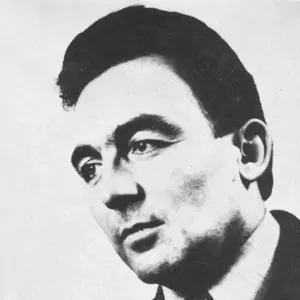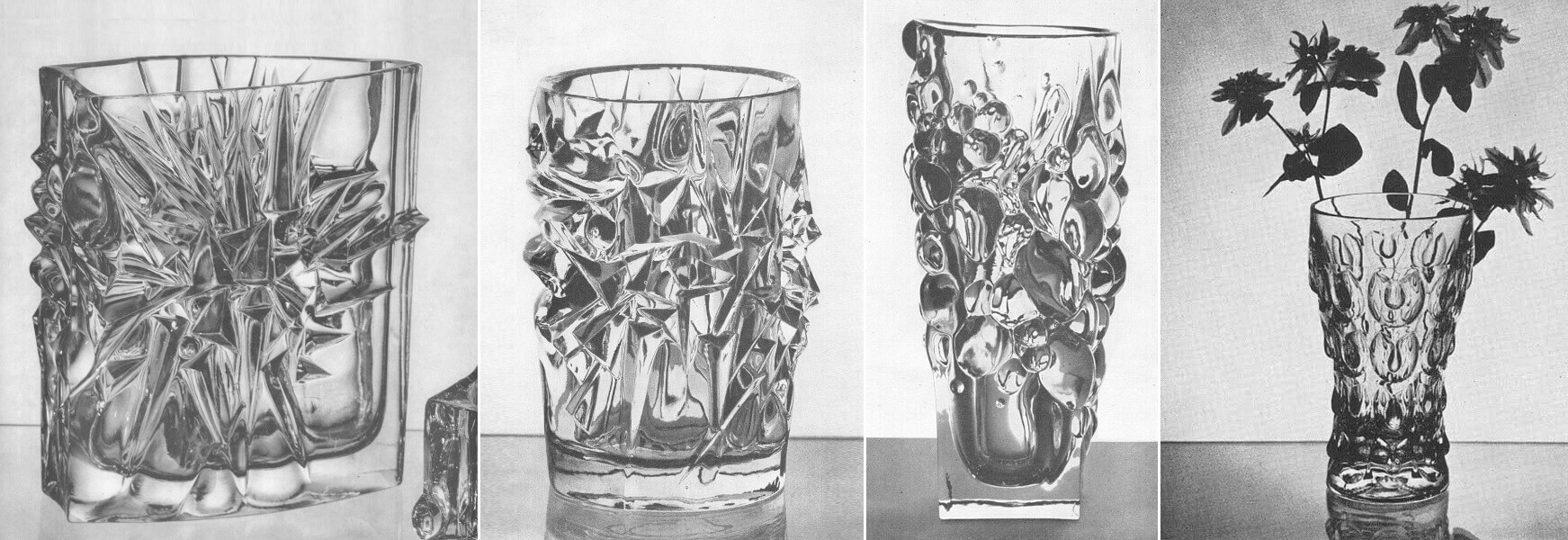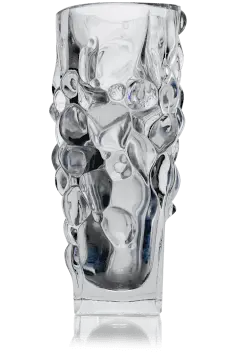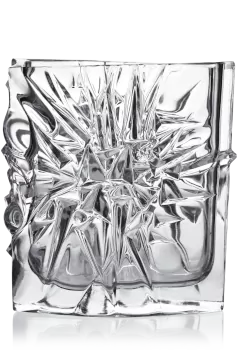
Ladislav OLIVA
(* 1933)

Ladislav Oliva was one of the prominent figures in Czechoslovak glass design in the second half of the 20th century. From a young age, he chose a career in glass art. He studied at the Secondary School of Glassmaking in Kamenický Šenov from 1948 to 1951, where he focused on glass painting and etching. He continued to develop his talent at the Academy of Arts, Architecture and Design in Prague, in the studio of Professor Josef Kaplický, whose guidance had a significant impact on Oliva’s artistic expression.
After completing his studies, Oliva worked as a designer in several renowned glassmaking companies. He began at the national enterprise Borské sklo in Nový Bor, where he worked from 1957 to 1964. Later, he joined the Bohemia glassworks in Poděbrady, where he became one of the key figures in the development of pressed lead crystal. It was there that he began working with the so-called noble pressing technique, a new technology intended to visually replace hand-cutting while enabling more efficient production.
Through his designs, Oliva raised pressed glass to a previously unseen level. He created jardinières, vases, bowls, and ashtrays with richly sculpted reliefs that covered the entire surface of the object. His works are characterized by fascinating light effects. From simple shapes, he was able to create objects of unique depth and elegance.
Although many of his designs never entered serial production, mainly due to technological limitations, his work greatly influenced the overall development of pressed crystal. Oliva showed that even everyday objects can become works of art.
After 1969, he moved to Železný Brod, where he worked as a teacher at the local glassmaking school until 1991. He later also taught in Kamenický Šenov. He mentored many young artists and left a lasting impact not only as a creator but also as an educator.
Ladislav Oliva elevated pressed glass to an artistic level and his work proves that beauty and craftsmanship can go hand in hand with technological innovation.


